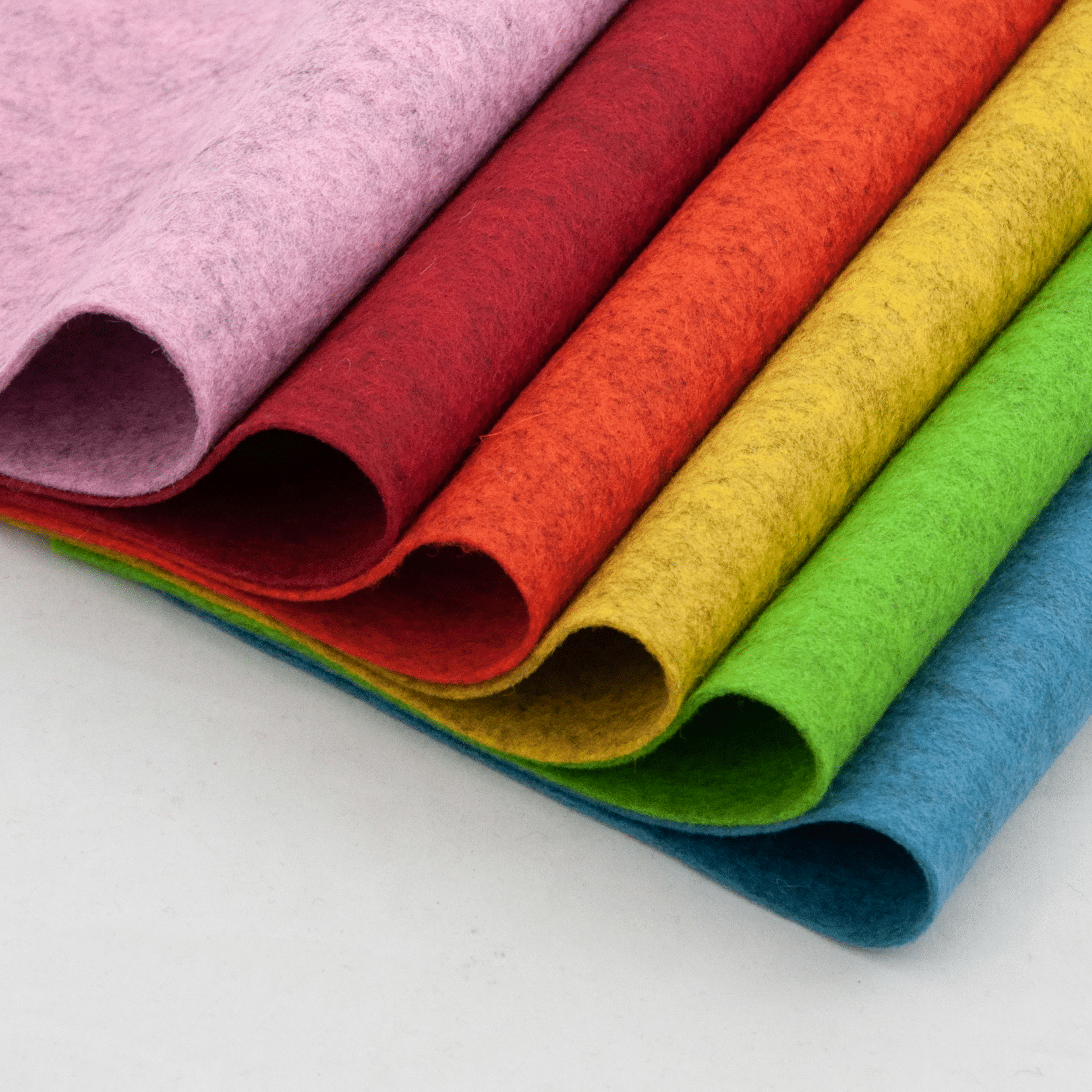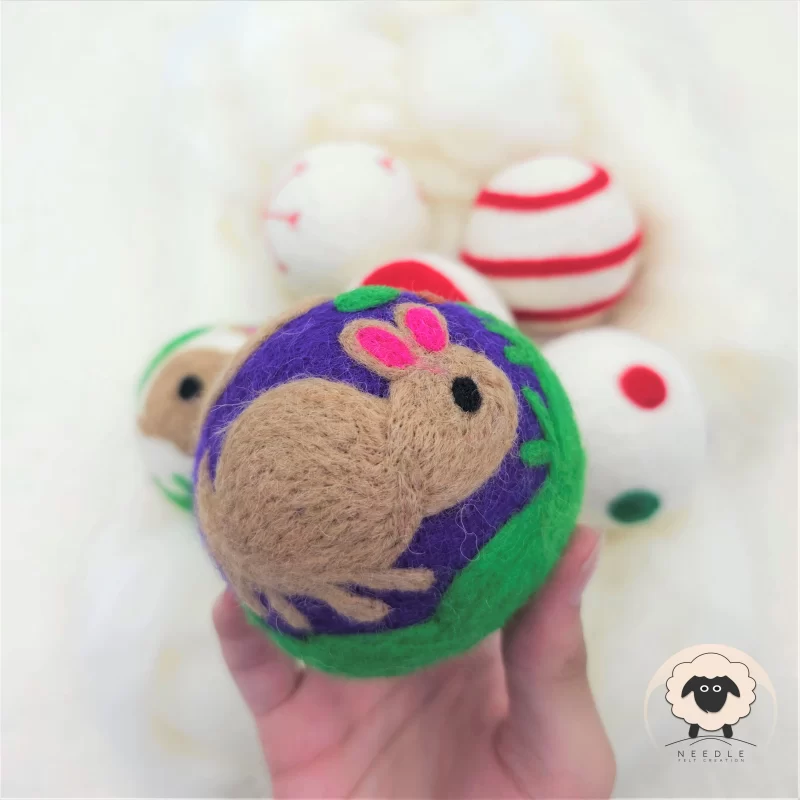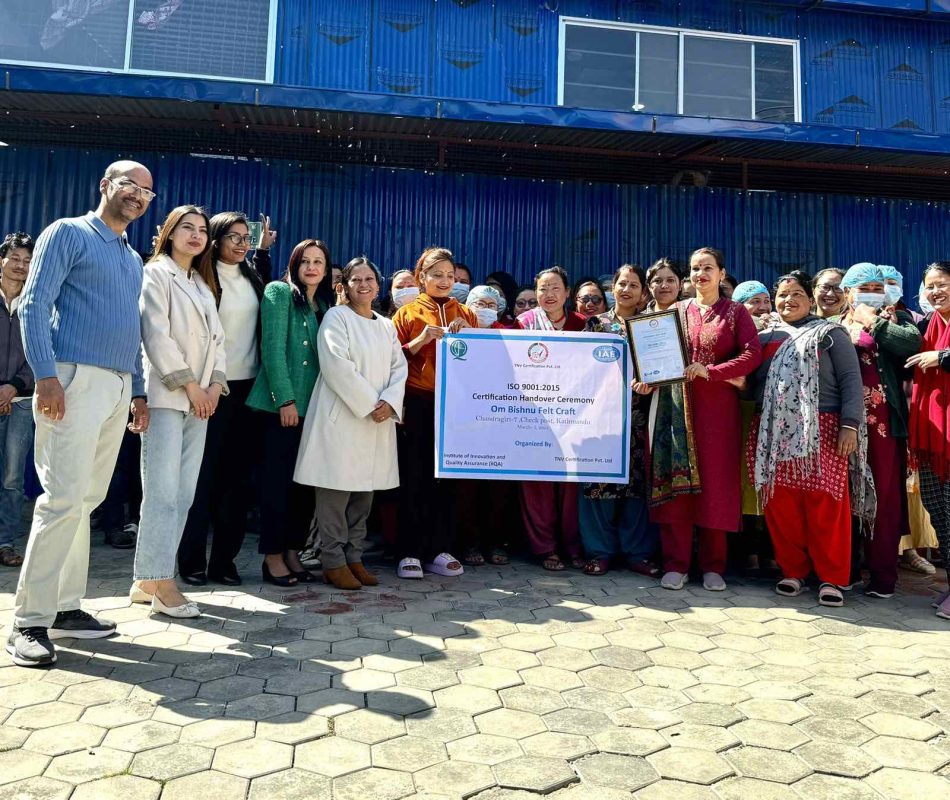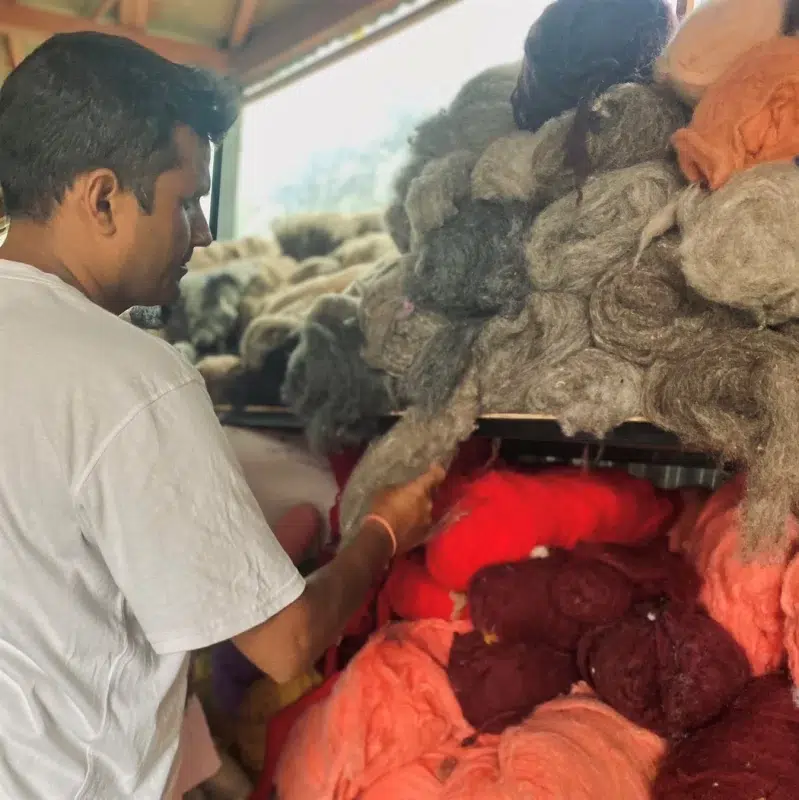Felt is a non-woven fabric that occurs when fibers like wool are pressed and matted together to form firm and thick materials. This fabric has been in existence for thousands of years with its origins dating back to ancient cultures. Its beauty lies in its versatility as it is possible to use it different ways which makes it loved by many artisans all over the world.
Needle Felt Creation
Table of Contents
Felt Fabric Materials:
There are various types of felt available depending on the composition as well as their usage:
- Wool : Wool felt is characterized by softness, durability, and ability to take complex designs.
- Synthetic : On the other hand, synthetic felt is made from either polyester or acrylic fibers hence very cheap even though it comes in variety of colors.
- Blended : It combines wool and synthetic fibers, thus balancing between strength and cost-effectiveness.
How Felt is Made and Crafted
The process of textile-making utilizes the procedure of matting down and compacting fibers by means of friction, moisture, and pressure. Traditional techniques include moist felting as well as needle felting methods.
- Wet Felting: This approach entails wool fibres being worn out with water and soap in order to get them connected together forming a joined fabric.
- Needle Felting: There are barbed needles used for needle felting; this allows artisans to mold felt through repeatedly pricking fibers that become entangled.
There is so much you can do with felt, from creating intricate patterns for clothing or accessories, to shaping cute little pieces such as dolls or animals made from felt. Needle-felting on the other hand provides an outlet for artists to breathe life into their imaginations sculpting precise and beautifully decorative statuettes.
Can Felt Be Washed, Ironed, and Recycled?
Merely, a lot of people often ask how to care for and maintain felt. Despite being tough in fabric, it is necessary to handle it with care so as to preserve its shape and texture.
Washing Felt:
Felt can be hand washed using a mild detergent and cold water. Do not twist or wring the material but rather dry it flat to retain its shape.
Ironing Felt:
Iron it using low temperature while placing a piece of cloth between the iron and the fabric to prevent it from scorching and flattening the fibers.
Recyclability of Felt:
It is recyclable, hence environmentally friendly thus sustainable for those who love arts.
Felt in Home Decor and Interior Design
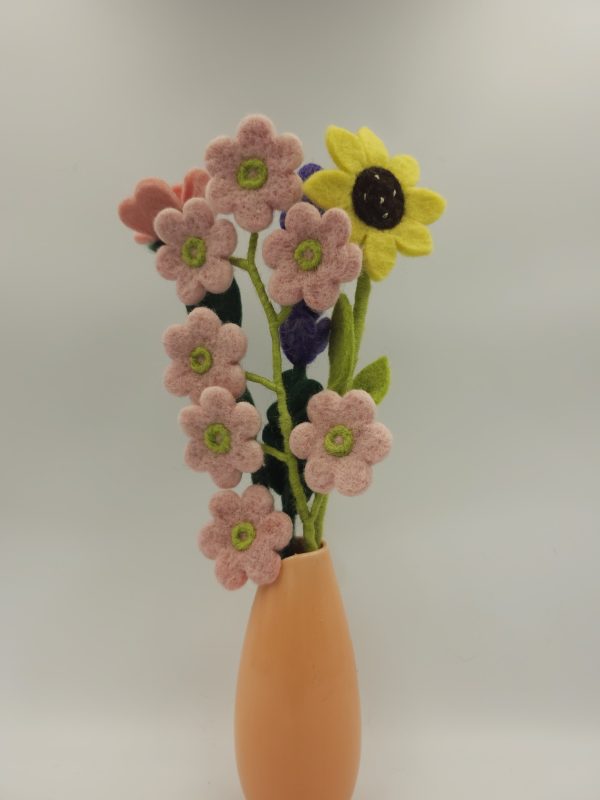
Felt is an adaptable and sustainable substance that has become quite popular in home decoration and interior designing. Its gentle composition, bright hues and environmental properties render it suitable for the embellishment of any living space due to interest in its warmth and elegance. In this part, we will look at how felt can be used in various forms of home décor such as wall art, cushions, or rugs.
Felted Rugs and Mats
This means that a felted rug or mat won’t just feel soft underfoot but also warm up your floors. It can be made to order according to an area’s specifications incorporating complex designs, patterns or motifs into its structure. As they are soft and pose no harm to children, parents often use them as nursery decorations.
Ideas and Inspiration:
- Design area rugs with bold geometric patterns, tribal motifs, or nature-inspired themes (area rugs).
- Create mats for playrooms with interactive elements like hopscotch grids, alphabet designs, or animal shapes (playroom mats).
- Craft mats for pet areas that are durable, easy to clean, and comfortable for pets to rest on (pet mats).
Felt for Decoration:
More than just wall art, cushions and rugs, wool fabric can be fashioned into a variety of decorative pieces enhancing the overall look of a room in an assortment of ways. Among these are vases; lampshades; coasters; table runners and even room dividers.
Ideas and Inspiration:
- Vases: Cover glass or ceramic vases with felted sleeves in coordinating colors for a stylish and tactile display.
- Lampshades: Customize lampshades with felted panels featuring intricate cutouts or patterns that cast unique light patterns.
- Felted Coasters: Make felted coasters in various shapes and sizes to protect surfaces while adding pops of color to tables.
By including felt in the design of a home, a person can combine creativeness, eco-friendliness and handmade charm. Sometimes, it may be used as accent pieces while at other times it may form part of the main structure to give rooms character thereby making them warm and comfortable.
Felt is Commonly Used For:
Because of its versatility and unique characteristics, it is used in many industries and applications.
- Fashion: Felt is employed in fashion for hats, handbags, footwear and clothing accessories due to the fact that it feels gentle on the skin, keeps one warm and retains shapes.
- Home Décor: That blend of warmth and character inside a house comes from numerous things ranging from cozy cushions and blankets to stylish wall art or table runners made of felt.
- Crafts: Craftspeople love it because it can be sewn on, quilted with, applied as an appliqué or used for embroidery since it is so easy to work with and adds finesse to designs/when used decoratively.
- Industrial: In industry felt is used as gaskets, seals, filters or insulations because they are known for their durability as well as ability to withstand heat.
What Felt is Best for Embroidery, Sewing, and Crafting:
It is important to choose the right type for various crafting projects:
- Embroidery: When it comes to fine embroidery, wool felt that have a hard texture and that feels smooth on the outside is suitable because it prevents seams from rising above the surface and patterns stand out.
- Sewing: Felt made from blends combines the pliability of natural wool with artificial fibers’ reliability making it suitable for sewing applications which need endurance as well as adaptability.
- Crafting: Synthetic felt in many colors, is great for these uses such as homemade Christmas decorations, felted blossoms, and children’s crafts.
Common Questions About Felt (FAQs)

Let’s address some common questions to clear any doubts and provide valuable insights for crafters and enthusiasts:
Can Felt Be Washed in the Washing Machine?
- Yes, it can be washed in a washing machine provided it is on a gentle cycle and with cold water. However, to avoid shrinkage or damages it is necessary that care instructions are followed and hot water or harsh detergents are avoided.
Can Felt Be Put in Dryer?
- It is advisable to air-dry felt items by laying them flat so as to maintain their shape and prevent any distortion. Avoid using the dryer, especially on high heat as it will cause felting to shrink or warp.
Can Felt Be Recycled?
- Yes, it can be recycled hence making it environmentally friendly. Old felt products may be turned into new crafts or recycled through textile recycling programs which help reduce waste and promote sustainability.
What Kind of Felt is Best for Embroidery?
- Woolen felt with strongly woven fabric having a smooth surface area best suits embroidery work since this helps give some stability for intricate stitching as well embellishments.
Where is Felt Used?
- Its application is in different sectors such as fashion design, home décor, crafting as well as industry among other applications indicating its flexibility and adaptability.
Will Pieces of Felt Stick onto Fleeces?
- Fleece felts are like fabrics that can be used together in craft work. Adhesive backed felt or fabric glue could save one from sewing the two materials together by gluing the former onto the latter providing convenience and versatility.
Can felt shrink?
- Even though felt is relatively resistant to shrinking compared to other fabrics, it is important to observe proper care instructions like washing by hand in cold water and air drying to minimize this effect and preserve the structure of the fabric.
Crafting With Felt: Hints And Techniques
These tips and techniques to help you enhance your crafting skills:
- For precise cutting and clean edges, use sharp scissors or rotary cutters.
- To create depth and dimension in your projects, try out layering different colours as well as textures.
- Employ stitches such as blanket stitch, satin stitch and French knots when decorating designs.
- Other points you can also consider include incorporating beads, sequins or buttons that can act as additional decorations while enhancing attractiveness respectively.
Felt Care And Maintenance
Proper care and maintenance ensure your felt creations stand the test of time:
- Wash by hand using mild detergent and cold water.
- Squeeze gently without wringing or twisting out excess water.
- Do not expose directly to heat or sunlight; instead lay flat during drying so that it does not distort its shape.
- In order to avoid humidity/moisture damage, store items made from it in a cool dry place.
Conclusion: Where to buy felt?
Be it crafts you are involved in, note that with this adaptable fabric, there is no limitation to being creative. If you are making custom gifts, decorating your house or trying to spice up your closet, needle felt offers unending chances. Check out our premium range of felts at Needle Felt Creation and start thinking big!


